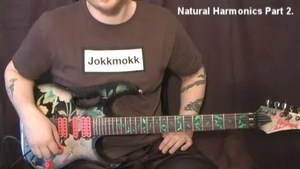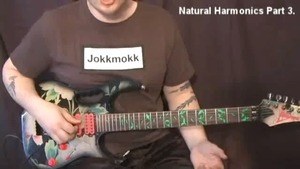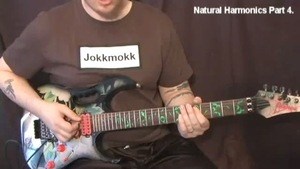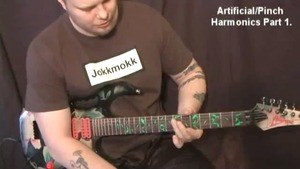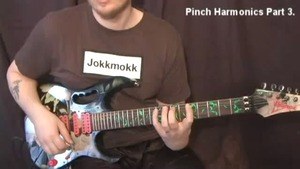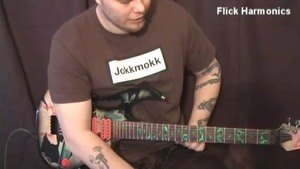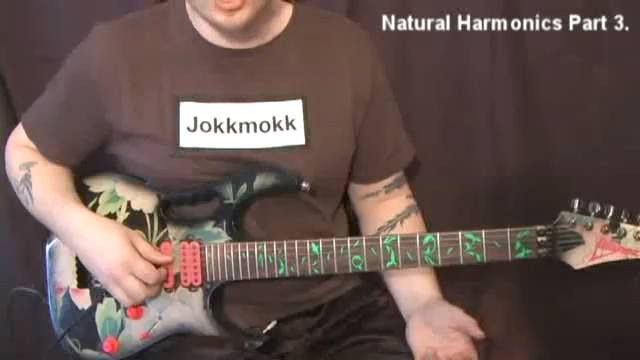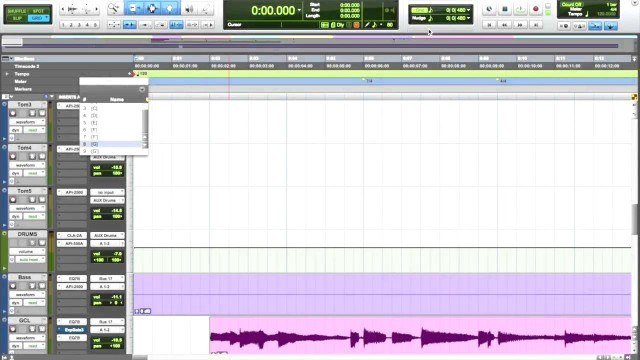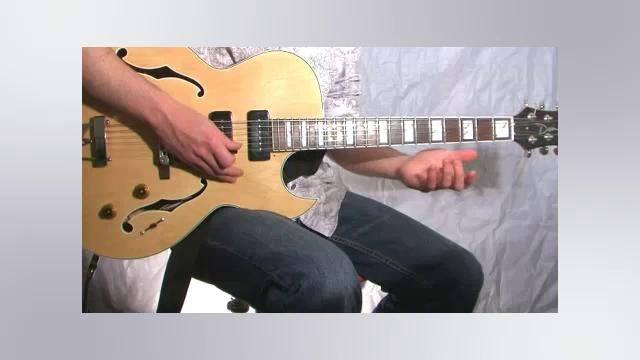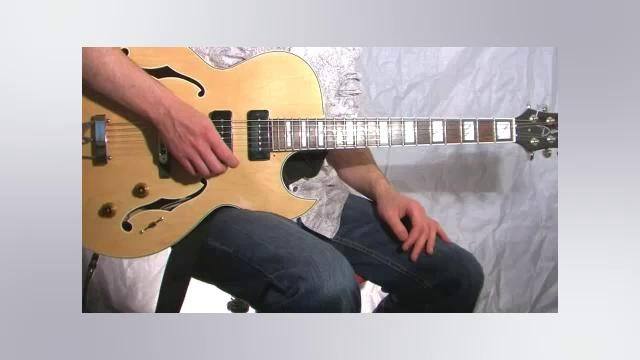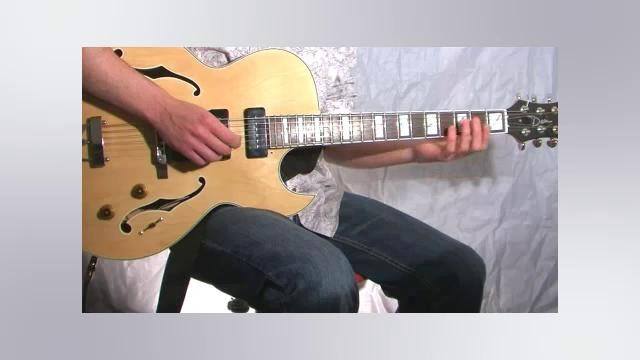In this part you will have to keep a close eye on the Table of Harmonics as well. As you can see, the 1/3 division is always the perfect 5th up from the ½ (or the perfect 4th down from the ¼ division). That is, a harmonic on the 7th fret (1/3) of the D-string will be an A. The very same A as the 5th fret (1/4) of the A-string. This is what enables us to use our quarter tuned guitars to be tuned using harmonics (Mr. Tom Quayle that tunes all in 4ths, can tune all his strings in this fashion). HOWEVER, observe that this will ONLY be relevant to use if the guitar is a.) Well intonated overall, and b.) has a perfectly adjusted or compensated top nut. Since the equal temperament system of the guitar neck is flawed, and the top nut is often not properly compensated, it is seldom that a guitar will play in tune after being tuned with harmonics only.
As you can also see in the chart, certain divisions (like the 1/7) are followed by a "-" marking. This means that this note is not in unison with the harmonic series. I exemplify this in the video by using the G found on the A-string, and comparing it with the pure G found on the G-string. Huge dissonance there.
And finally, pay CLOSE attention to how certain harmonics are not at all synced with certain frets on the guitar. That is, some of the harmonics are situated just before or after a fret. This is also the major flaw in the guitar neck that prohibits me from notating anything correctly in guitar software. In the software programs, you can only associate a natural harmonic with a tabbed fret (that is you can’t tab a note that is positioned at ¾ of a fret). So again, pay close attention to the video!




